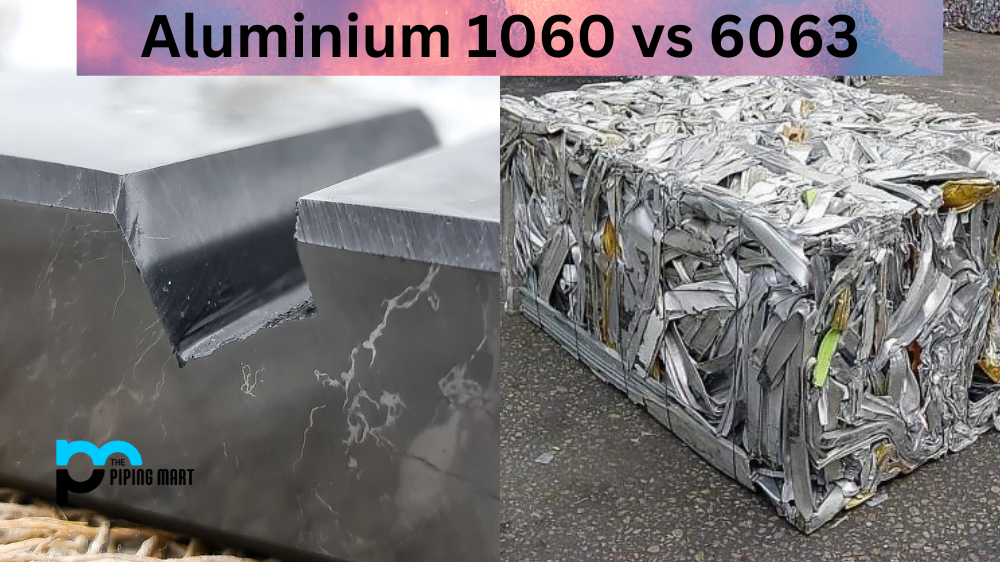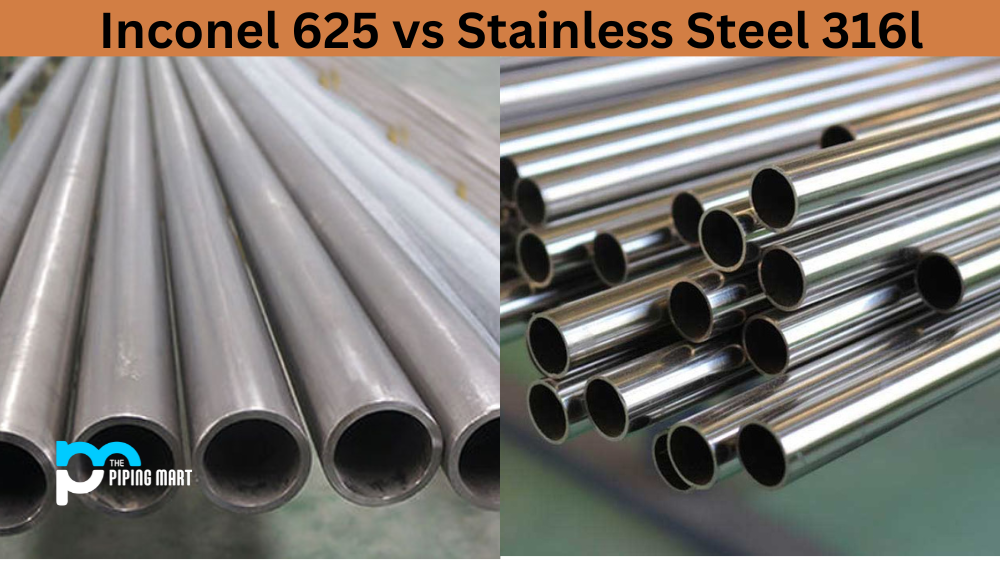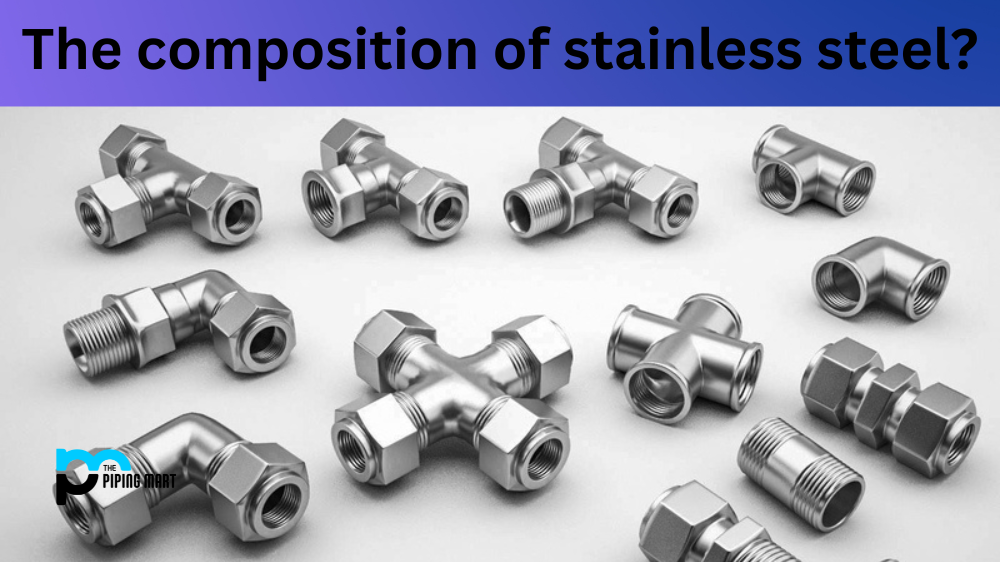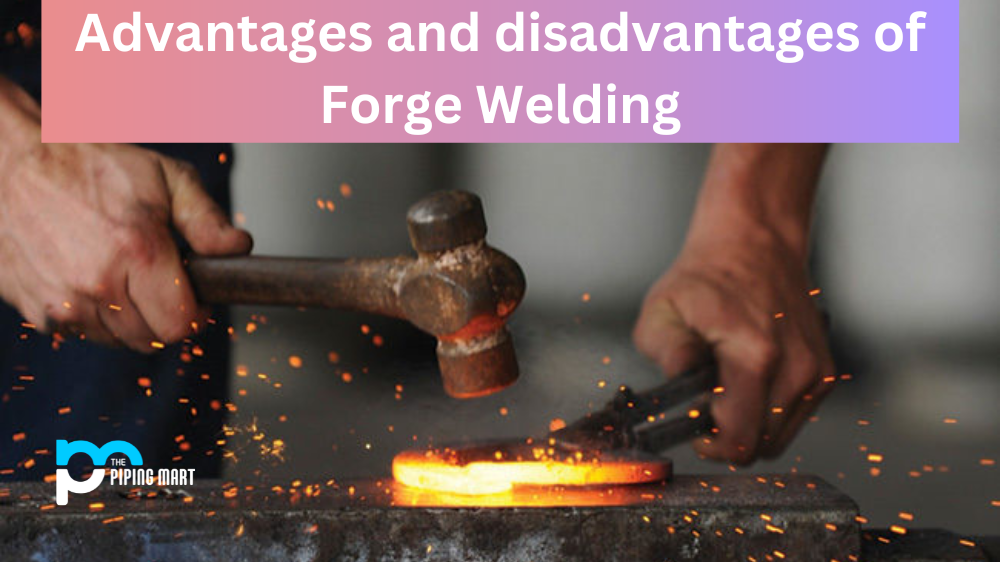Aluminium is a versatile material used for various purposes for many years. It is lightweight, durable, and corrosion-resistant, making it ideal for industrial and domestic applications. When choosing aluminium for your project, you may need clarification on grades such as 1060 and 6063. This blog post will compare the two and help you decide which is best for your needs.
Difference Between Aluminium 1060 and 6063
Composition and Properties
Aluminium 1060 is a pure aluminium alloy with a minimum purity of 99.6%. It is soft and easily worked, making it suitable for applications that require low strength, such as roofing, insulation, and signage. On the other hand, aluminium 6063 is an alloy that contains magnesium and silicon. It has better strength and toughness than 1060, making it ideal for extrusion applications such as window frames, door frames, and building facades.
Formability
Both aluminium 1060 and 6063 are easy to form, but 1060 is more ductile. It can be bent, shaped, and stretched without cracking or weakening. 6063, on the other hand, requires more force to form due to its higher strength and hardness. However, it can still be extruded and formed into complex shapes without losing its structural integrity.
Surface finish
Aluminium 1060 has a smooth, shiny surface that is easy to polish and anodize. It is ideal for decorative applications that require a high level of finish, such as jewellery, trophies, and nameplates. In contrast, aluminium 6063 has a slightly duller surface due to the presence of magnesium and silicon. It can still be polished, but the finish may not be as bright as 1060. However, 6063 can be anodized to improve its corrosion resistance and give it a more durable finish.
Cost
Aluminium 1060 is cheaper than 6063 due to its lower production cost and simpler manufacturing process. It is also widely available and can be sourced from many suppliers. However, 6063 is still more cost-effective in the long run, as its higher strength and durability can reduce maintenance and replacement costs. It is also more suitable for applications that require a high level of structural strength, such as construction and transportation.
Environmental impact
Both aluminium 1060 and 6063 are environmentally friendly materials that can be recycled indefinitely without losing their properties. However, 6063 is considered more sustainable due to its higher alloy content, meaning less material is needed to achieve the same strength and performance. It can also be recycled more efficiently due to its higher scrap value.
Conclusion
In conclusion, choosing between aluminium 1060 and 6063 depends on your specific application and requirements. If you need a lightweight and easily formable material for decorative or non-structural applications, 1060 is a good choice. However, if you need a stronger and more durable material for structural or extrusion applications, 6063 is the way to go. Whichever you choose, both are excellent options that offer the advantages of aluminium, such as corrosion resistance and sustainability.
Meet Heer, a dynamic and driven writer learning tricks of her trade in the metal industry. With a background in Digital Marketing, Heer brings a unique perspective to her writing, sharing valuable insights. Apart from blogging she like reading and hiking.




